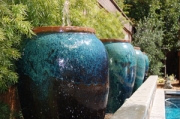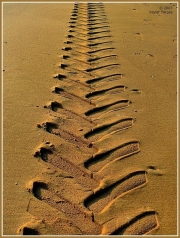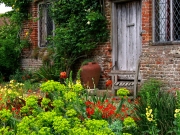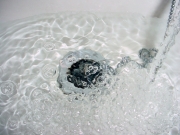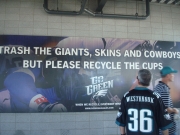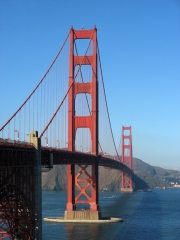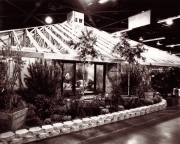Living Green in Outdoor Spaces
Don't Mow Your Lawn
Prevailed upon by a technocratic society, people are frequently alienated from nature and social interaction. As such, rumor has it that ecological outdoor living spaces are greatly coveted safe havens. The sky’s the limit; an outdoor living space or room can take on the functions of any interior home space within the constructs and limits of any locale. This is green architecture at its best; it brings the residents and their visitors' mental, emotional and physical conditions back into sync with nature.
